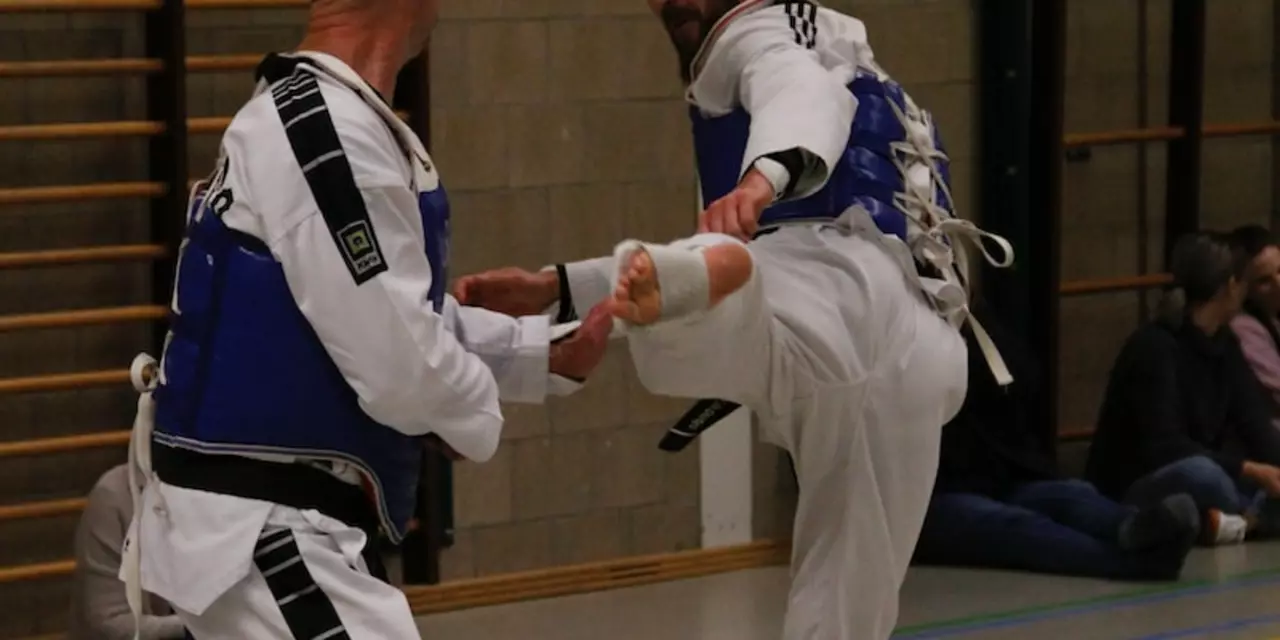Martial Arts Apparel
When talking about Martial Arts Apparel, the clothing and equipment that let practitioners train safely and perform with confidence. Also known as training gear, it includes everything from jackets to shoes. Judo Gi, a heavyweight cotton jacket and pants designed for gripping and throws is a core piece for judokas, while Karate Gi, a lighter, more flexible uniform used in striking arts serves karate students. The Belt, a colored sash indicating rank and progress ties the look together and signals experience. Together these items encompass the visual identity of each discipline, require durable fabrics, and influence how techniques are applied on the mat.
Key Features to Watch for
Choosing the right apparel starts with material. A high‑quality Judo Gi usually weighs 450‑600 g per square meter, giving the grip needed for throws while still breathing enough for long sessions. Karate Gi often sit around 300‑400 g, offering freedom of movement for kicks and punches. Look for reinforced stitching at the collar, seams, and cuffs—those stress points wear out first. Size matters, too; a gi that’s too loose hampers technique, while one that’s too tight restricts breathing. Don't forget accessories: training shoes with non‑marking soles protect dojo floors, and protective pads keep joints safe during sparring. Each of these elements requires a balance between durability and comfort, and together they enable athletes to focus on skill rather than gear.
Now that you know what makes good Martial Arts Apparel, you’ll see why the right combination of Judo Gi, Karate Gi, belts and accessories matters for performance and respect on the mat. Below you’ll find a curated list of articles that dive deeper into each piece—whether you’re a beginner looking for your first uniform or an experienced fighter fine‑tuning your setup. Keep reading to get practical buying tips, care advice, and inside stories from our club members who’ve tested these products in real training.
What are karate clothes?
Karate clothes are the traditional garments worn by practitioners of the martial art of Karate. They typically include a loose-fitting top, snug-fitting bottoms, and a belt. The color of the belt is usually determined by the individual’s rank or level of expertise. Karate clothes also allow practitioners to move freely and are made from lightweight and breathable material. Some schools may require the wearing of shoes or specialized gloves. The practice of wearing traditional karate clothing is intended to instil respect for the art and for the practice of its techniques.
